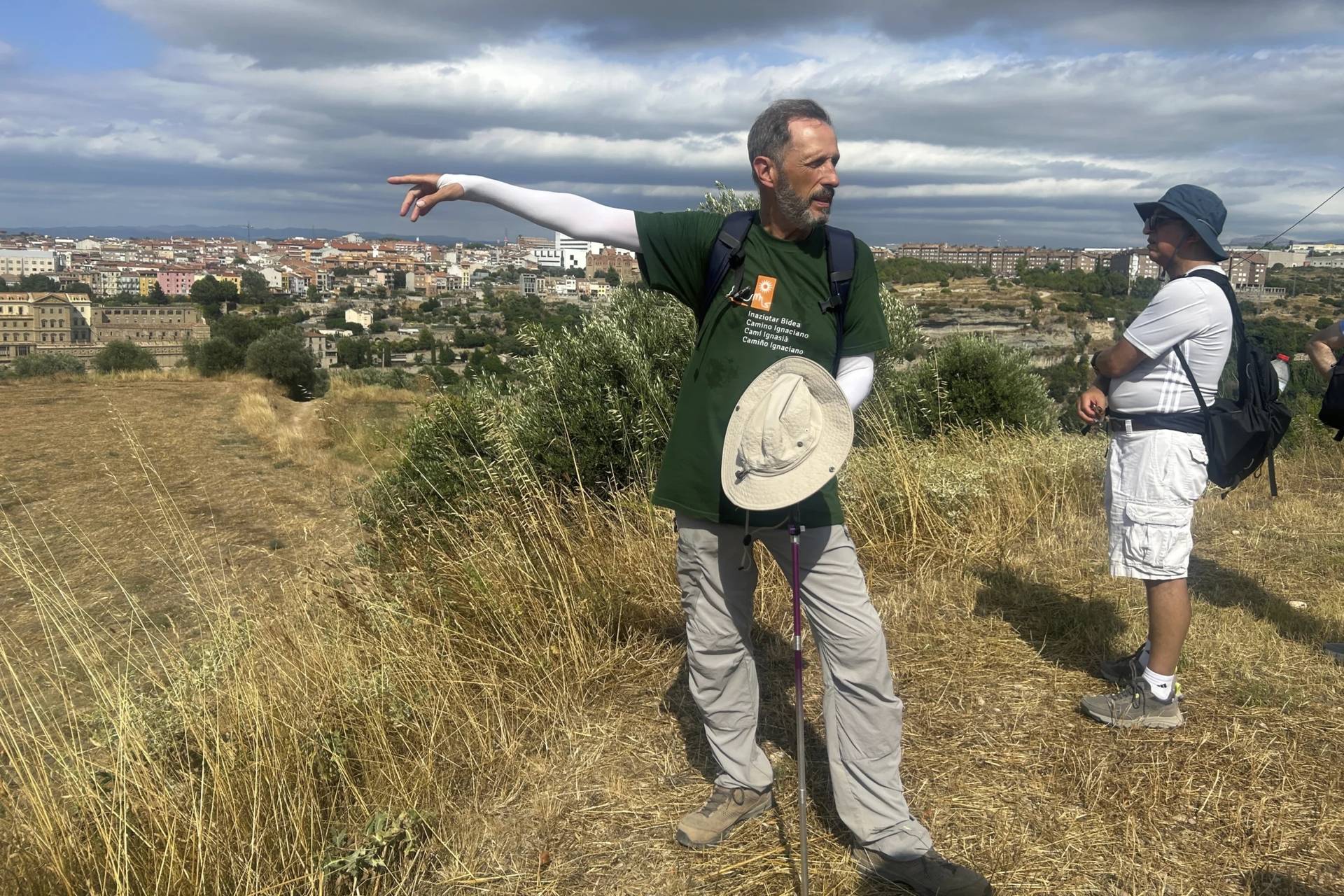FREMONT, Nebraska — With colored glass and paint, Ken Eldridge tells ancient Bible stories to modern-day people.
Eldridge is a stained glass artist for St. Patrick’s Catholic Church in Fremont. For years, the local man had donated his time to create or restore stained glass windows for the parish.
Last year, he began working on the Divine Mercy windows project.
The windows will be installed in the Fremont church, with the process taking place during the week between Easter and Divine Mercy Sunday on April 28.
Currently, there is glass between the church’s chapel and a tabernacle room where the sacraments are stored. The Divine Mercy windows will be installed where that glass is now.
The main Divine Mercy window depicts Christ with two beams, one red and one white, coming from his heart.
Parishioners and guests will be able see through the image of Jesus into the tabernacle room where a cross is the same height as Christ’s heart.
There are 15 separate Divine Mercy windows, the main one of which is 4 feet by 8 feet. Other windows are smaller.
One depicts a dove with a banner that reads: “Jesus, I trust in you.” Angels are depicted in two other windows. The lowest window will have a Celtic weave. Subsequent windows will be colored glass.
Eldridge estimates he’ll have spent close to 3,000 hours on the project by the time he has finished.
“For me to create this design, I did countless hours of research and continue to do so to make sure I’m depicting my interpretation of the Divine Mercy properly and accurately based on Sister Faustina,” he told the Fremont Tribune.
Sister Faustina Kowalska was a Polish woman assigned to a convent in Latvia.
In 1931, Kowalska said she had a vision of Christ who said to create a painting of him — with the two beams — and to call it “Divine Mercy.” The red beam is said represent blood and the white or pale one symbolizes water. It was to be accompanied with a banner with the “Jesus, I trust in you” message.
The parish commissioned the painting to be made, which Kowalska saw before her death in 1938 of what is believed to be tuberculous. She was only 33 years old.
Decades later, Pope John Paul II canonized her and she became Saint Maria Faustina Kowalska.
Besides the depiction of Christ with the two beams coming from his heart, Eldridge has added other elements to the main window.
The elements include shamrocks reminiscent of Saint Patrick of Ireland for whom the church is named.
He’s added five-pedal white roses from the story of Our Lady of Guadalupe, which is especially meaningful to Hispanic parishioners.
After the Divine Mercy windows are complete, Eldridge will start on other projects.
He might begin work on windows depicting Jesus calming the waters; feeding the 5,000; and turning water into wine. Other window themes will be: healed by faith; healing the blind; healing the lepers. Those windows will be in the church’s west nave.
If he doesn’t start work on those windows, he might instead begin creating stained glass windows with pictures that will be significant for Hispanic worshippers at the church. Those windows will go in a 28- by 14-foot bank of windows in the west assembly portion of the church. Scenes could include one of Mary and baby Jesus or something from the story of Our Lady of Guadalupe.
After that, Eldridge plans to begin work on stained glass windows for an area behind the altar in the church sanctuary, which will be a mural depicting scenes from creation to Christ’s resurrection.
Eldridge knows the importance of the windows which have been part of Catholic tradition for hundreds of years.
The making of stained and painted glass windows, which Eldridge said dates back to 700 A.D., began because most people back then weren’t literate.
Masses were in Latin, which most people didn’t speak.
But parishioners could study the windows and the stories they told, which strengthened their faith.
Eldridge has found a calling in creating windows that will depict Bible stories for people today.
“You can make something look beautiful and tell a story at the same time,” he said.
Eldridge said he asks the Holy Spirit to guide his hands and works between six and eight hours a day in St. Patrick’s glass studio in the Flynn building downtown.
What’s the best part about working on the windows?
“Knowing that they’re going to continue to tell the stories for hopefully centuries to come,” he said, “because the churches in Europe and old ones in the United States are still hanging — still telling their stories.”















